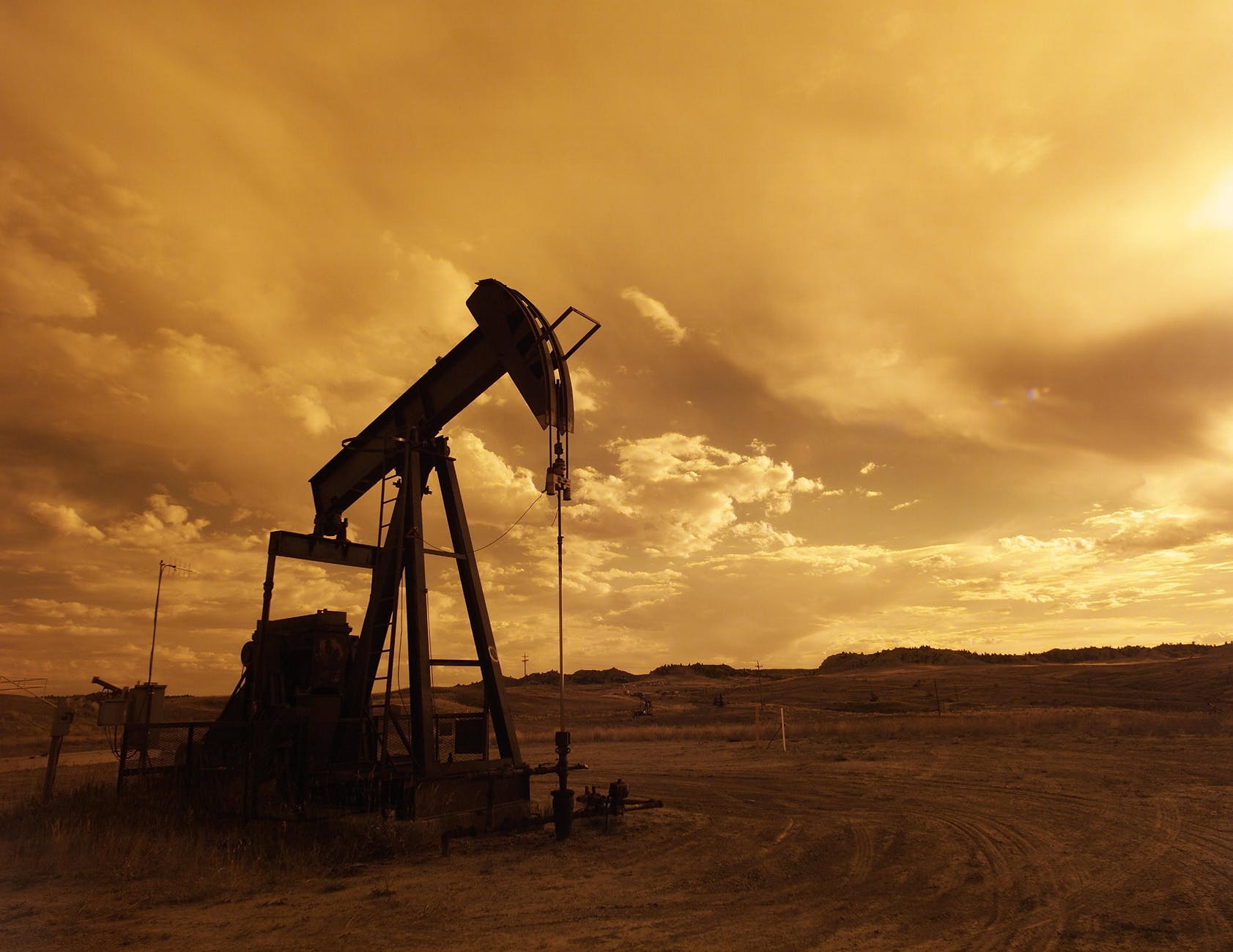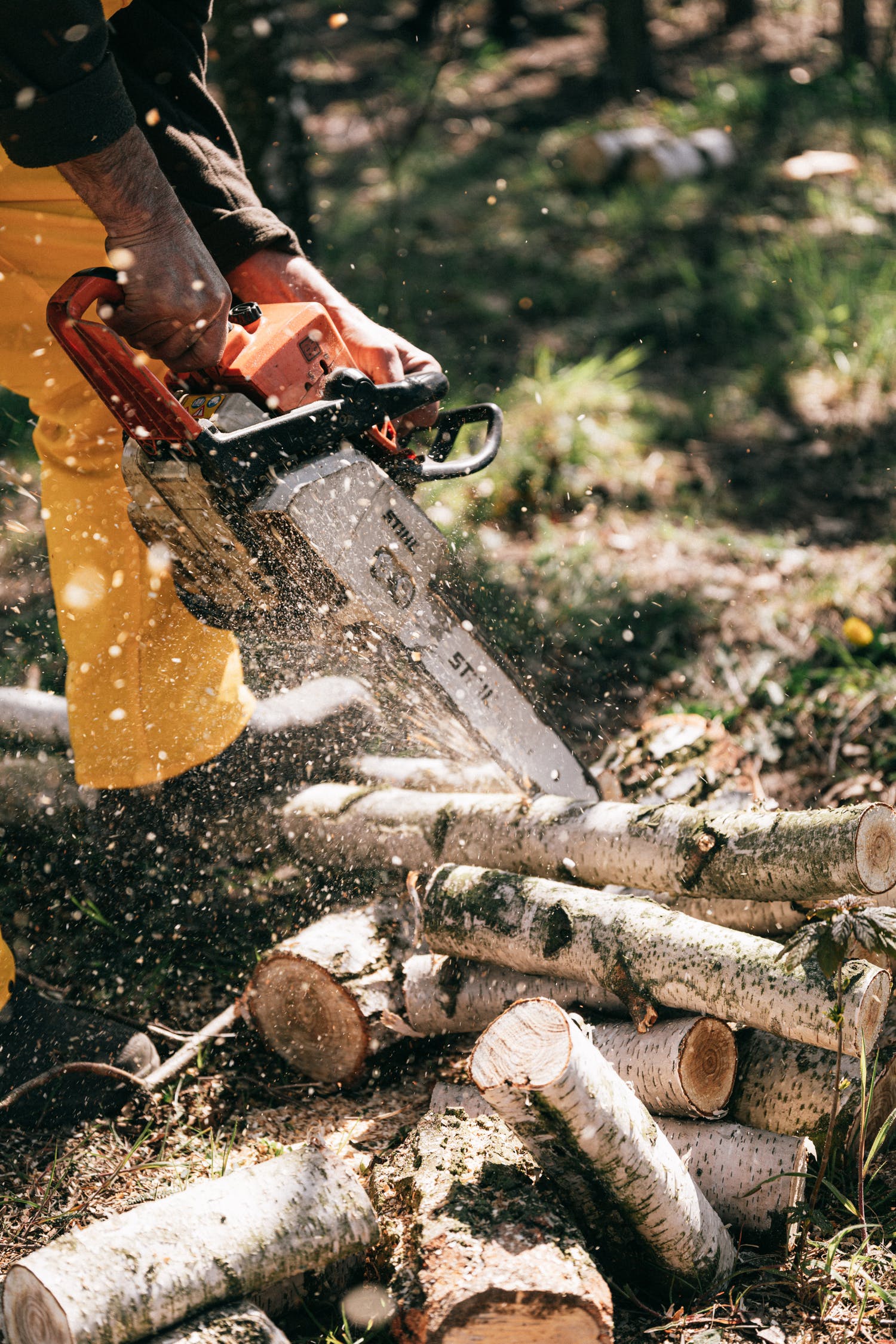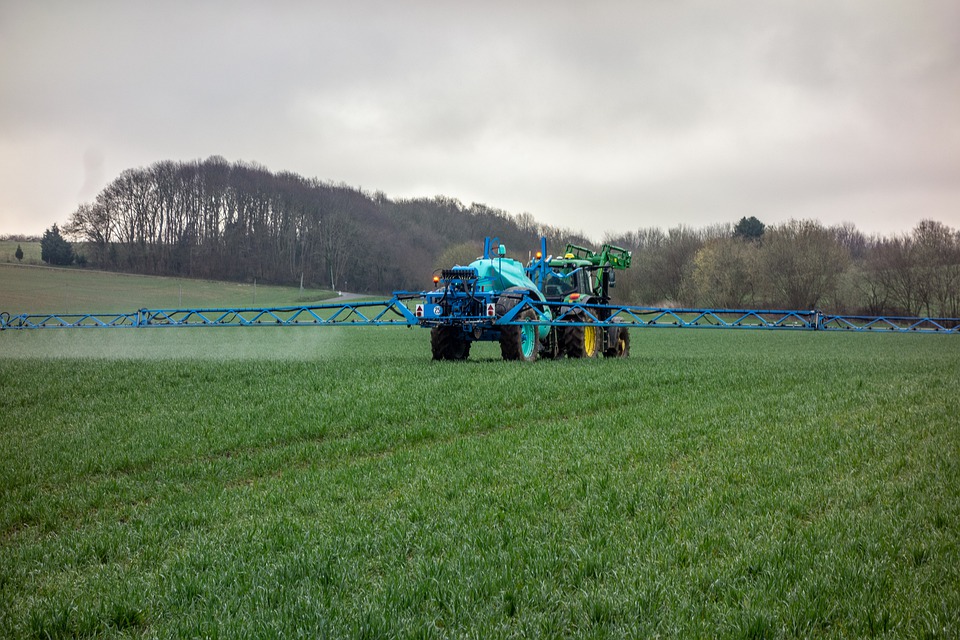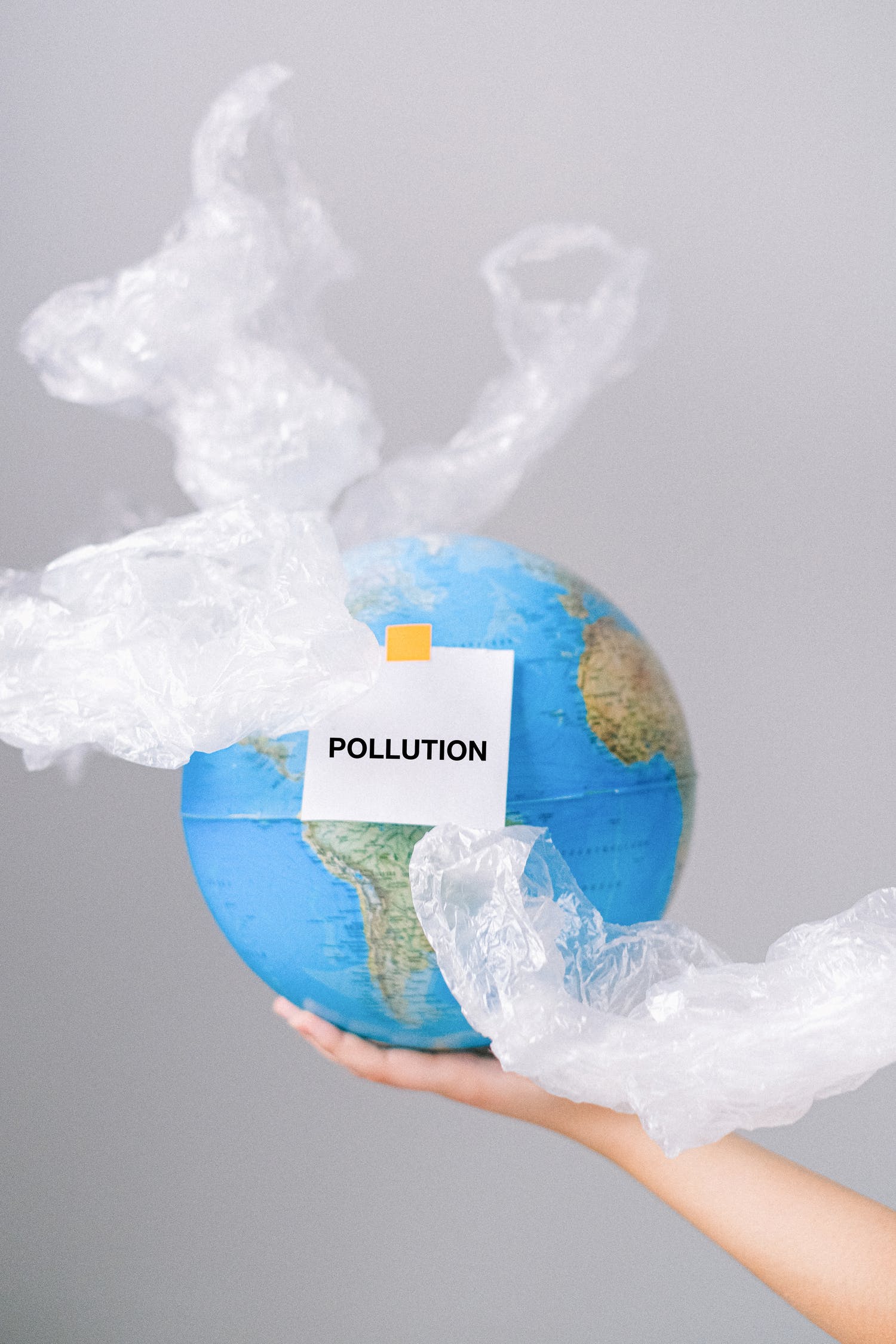
Greenhouse Gases
The atmosphere is composed of a few gasses such as carbon dioxide, nitrous oxide, and methane. The collective name for these gasses is greenhouse gasses. If they are in the right amount, these greenhouse gasses are good.
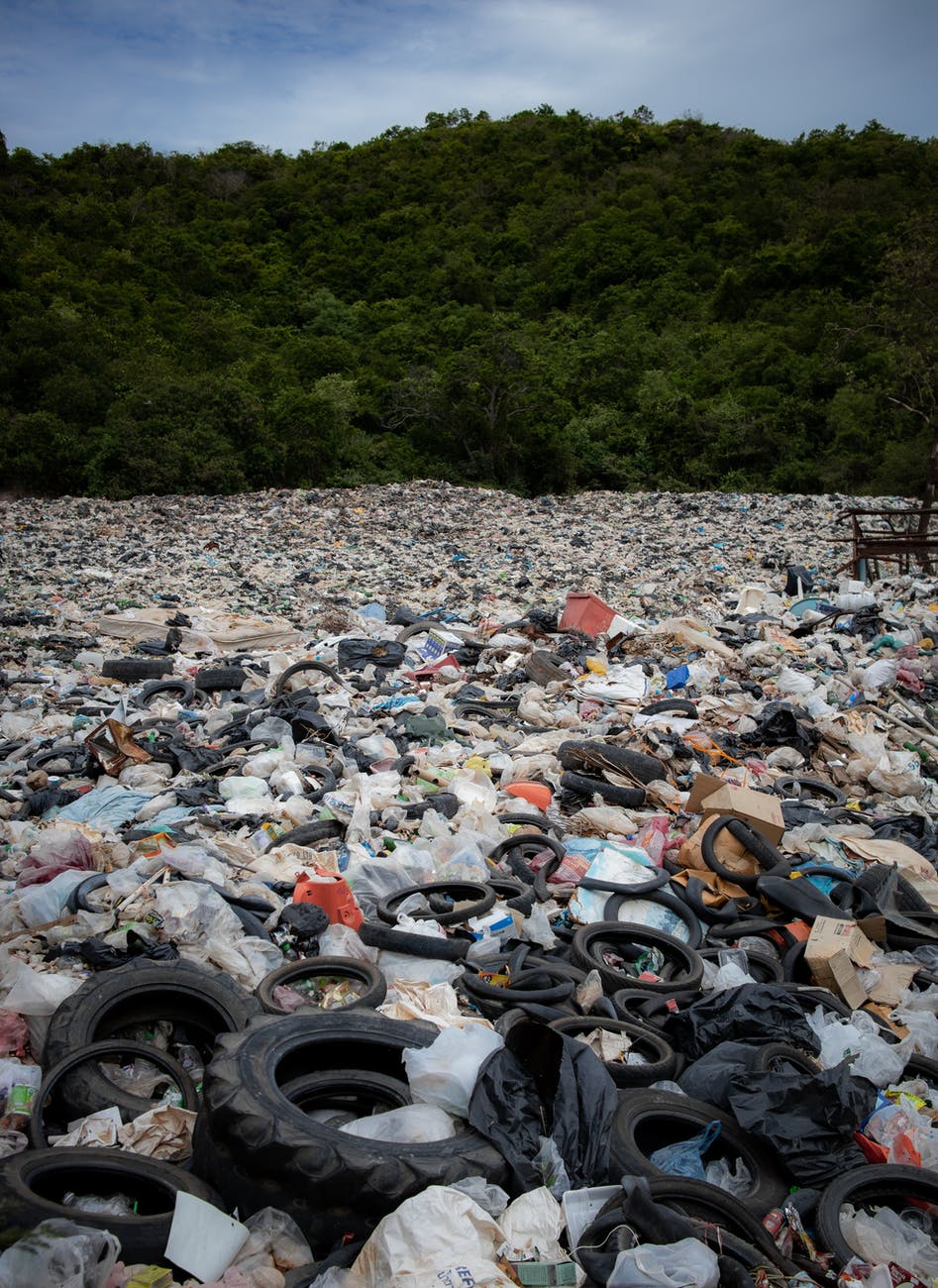
Garbage
As trash breaks down in landfills, it releases methane and nitrous oxide gases. Approximately eighteen percent of methane gas in the atmosphere comes from waste disposal and treatment.

Industrialization
Industrial farming and ranching releases huge levels of methane and carbon dioxide into the atmosphere. Farming contributes forty percent of the methane and twenty percent of the carbon dioxide to worldwide emissions.
